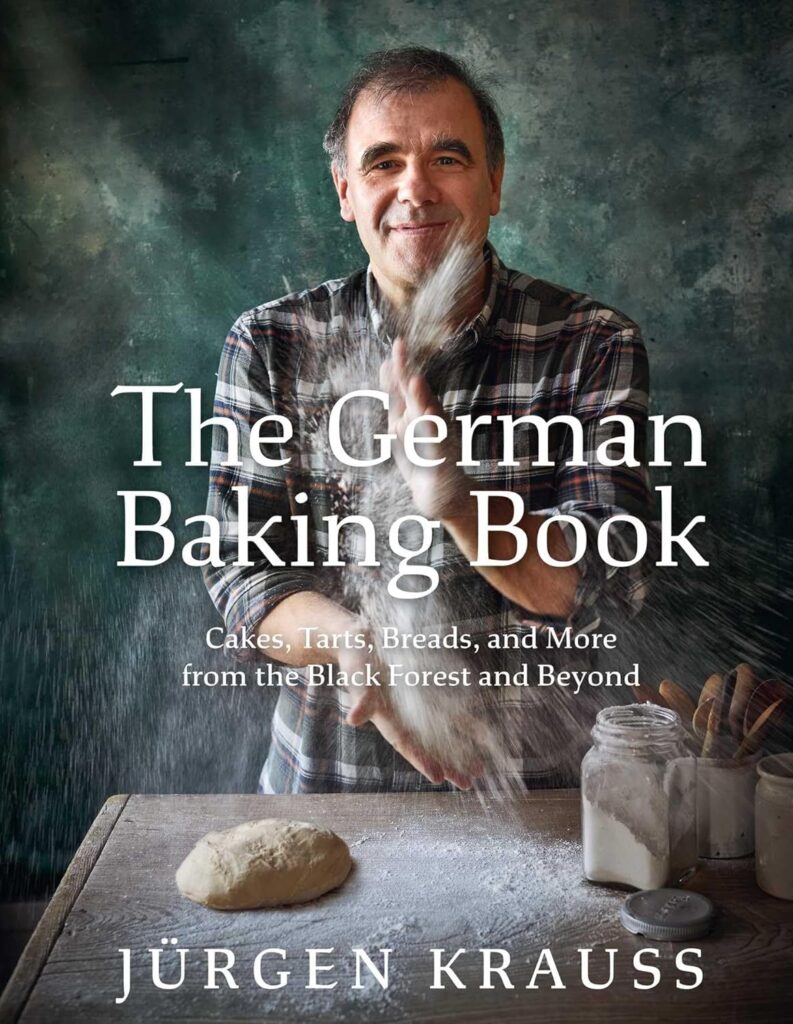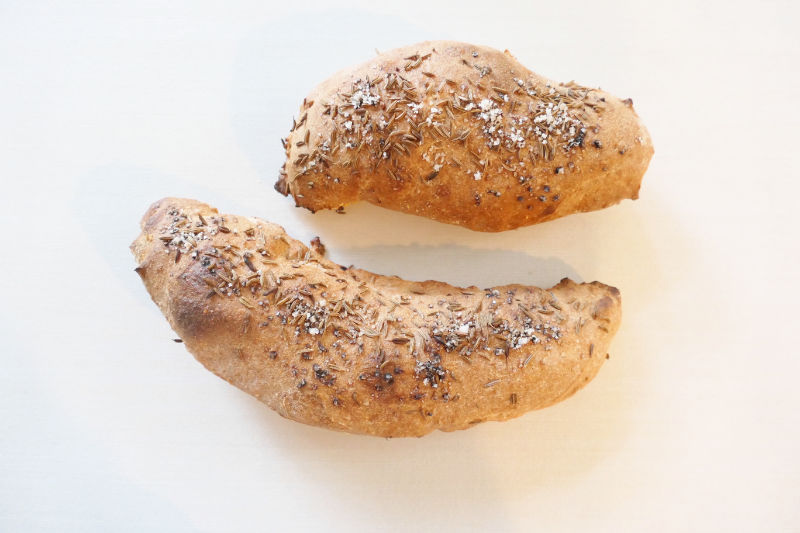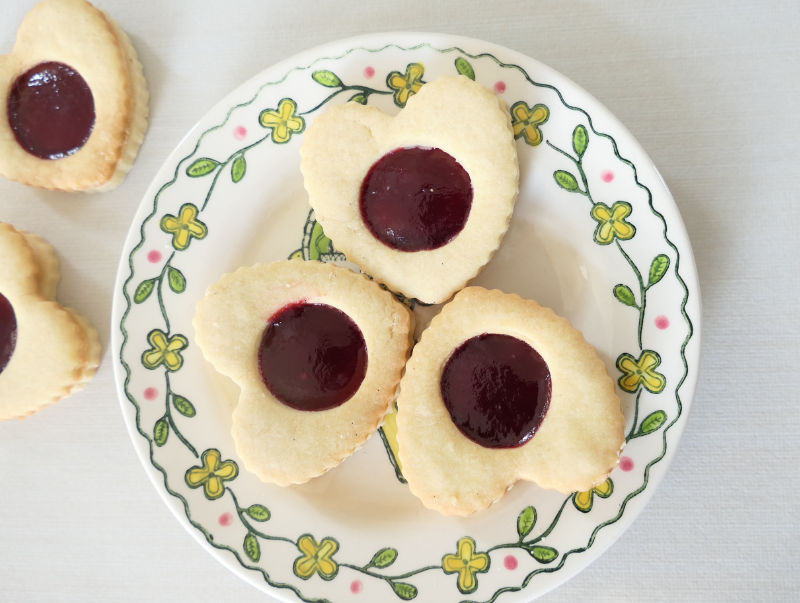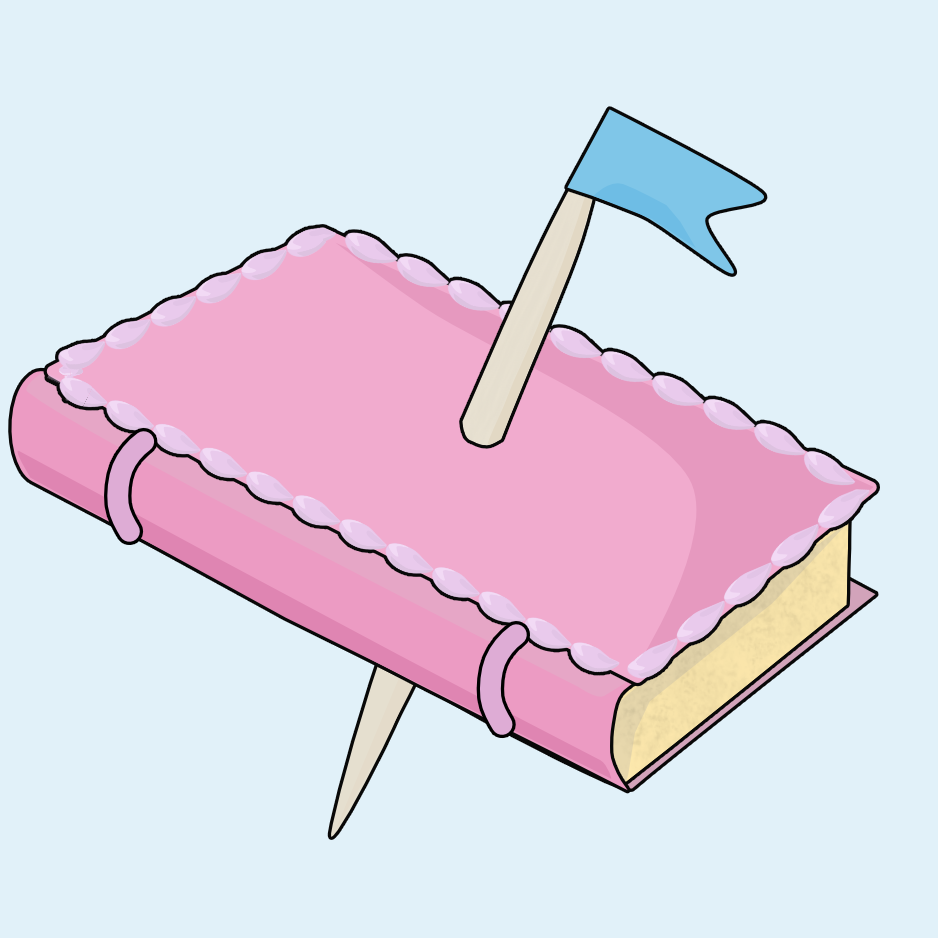
First thoughts
- It was fun to learn about all of the author’s childhood food traditions for after school snacks, holiday parties, and weekend meals like eating waffles for dinner on Saturday night. That sounds perfect to me.
- Speaking of traditions, on New Years, some Germans make a giant custom-decorated pretzel. Any (lucky!) visiting guests are served a slice.
- The photography has some unique styling without being over-the-top. A lot of cookbook photography is on the minimalist side now, so it was cool to see.
The Review
‘The German Baking Book’ might not have a creative title, but it covers all aspects of baking from Jürgen Krauss’ childhood in the Black Forest region of Germany. Krauss was an avid home baker before appearing on the Great British Bake-off in 2021 but was even more inspired to develop recipes from classic German bakeries after the TV show.
The cookbook has cohesive homey design with countryside paisley paintings, artisan wood carvings, and black and white family photographs. The color theme and tone throughout the cover, chapters and photos is seamless. After taking a closer look, I appreciated the thought and balance that went into the photography styling to ensure it was interesting while contributing to the book’s theme. In cookbooks today, it is rare to see unique props and scene layout for layer cakes and cookies that have been photographed many times. The author consistently shared childhood stories bout family that were intrinsically connected to food and place. The book felt almost like reading a personal family cookbook project that would be passed down from Krauss to future generations.
There are recipes for waffles, cakes, tarts, and bread. Additionally, there is a whole chapter dedicated to “Festive bakes” based on the importance of the Christmas season in German culture. The cakes and tarts look impeccable and impressive, but some, like the Black Forest Gateau, were lengthy and I didn’t find the time to bake them. I can understand how Krauss would have motivation to make these nostalgic German bakes that weren’t available in the UK.
Recipe Test Results
I made the Marmor-Kuchen (Marble Cake), Schwäbische Seele (Swabian Spelt Rolls), and the Hilda-Brötle.
Bundt cakes, like Marmor-Kuchen (Marble Cake), can be so beautiful but you have to hold your breath when removing it to prevent pieces—or even chunks—of cake from sticking to the pan. (Disclaimer: that is just my home baker method, it might not work for you.) This was a classic-style Bundt cake that was best eaten the first day. I loved the addition of nutmeg in the chocolate layer.

The story behind the Schwäbische Seele (Swabian Spelt Rolls), a recipe swap on a train for a coveted bread, set some high standards. Unfortunately, these missed the mark for me even fresh out of the oven. They were dry, earthy, and lacked salt.

Hilda-Brötle are double-layer shortbread cookies filled with raspberry jam. The recipe makes smaller size cookies typical for Christmas but Krauss notes that back in the day, bakeries made them the size of your palm. I was surprised how easy this bake was for a crisp, tasty cookie.

Overall Rating: 3.5/5.0
In ‘The German Baking Book,’ you can join Jürgen Krauss on a bakery trip down memory lane with recipes for his favorite German cakes, tarts, cookies, and bread. The book is impeccably designed and photographed, so even if you don’t get a chance to make it all, it’s a beautiful cookbook to read and revisit.


Leave a Reply